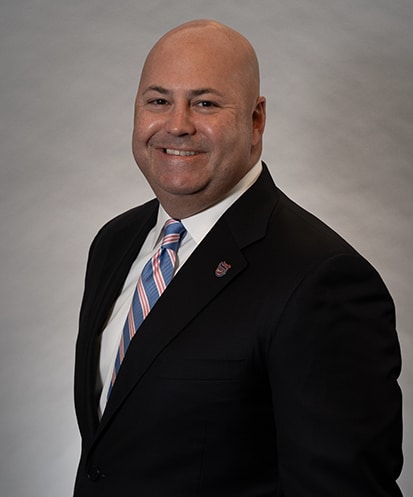Understanding Emergency Room Medical Malpractice
 Emergency rooms are there to help people in the midst of a crisis. The medical personnel who staff emergency departments are generally well skilled individuals who save lives on a daily basis. However, mistakes can happen in the emergency room. People come in with life-threatening injuries, or they present with strange symptoms and the doctors must be able to figure out what is going wrong and treat them in a high pressure environment. There were 136.3 million emergency room visits in 2014, and with that many people seeking emergency care each year, there are bound to be some errors.
Emergency rooms are there to help people in the midst of a crisis. The medical personnel who staff emergency departments are generally well skilled individuals who save lives on a daily basis. However, mistakes can happen in the emergency room. People come in with life-threatening injuries, or they present with strange symptoms and the doctors must be able to figure out what is going wrong and treat them in a high pressure environment. There were 136.3 million emergency room visits in 2014, and with that many people seeking emergency care each year, there are bound to be some errors.
The Emergency Medical Treatment & Labor Act (EMTALA) was enacted by the U.S. Congress in 1986 to ensure that the public would be able to access emergency medical services regardless of their ability to pay for them. Hospitals are required by law to provide stabilizing treatment for patients who present with emergency medical conditions. This law applies to all hospitals that participate in programs that receive federal funding such as Medicare and Medicaid.
Medical errors in the emergency room
Some of the more common errors that take place in an emergency room setting include:
- Medication errors
- Failure to take an adequate patient history
- Failure to perform a thorough physical examination
- Failure to consider life threatening causes of the patient’s presentation
- Failure to collect data or perform tests to rule out possible life threatening conditions
- Reaching conclusions about a patient too quickly without considering alternative, dangerous medical conditions which could be present
- Delayed diagnosis, misdiagnosis, or failure to diagnose
- Ignoring obvious signs of distress
- Prescribing the incorrect medication or administering an incorrect dosage
- Delay in performing testing and treatment
- Failure to consult specialists in a timely manner
- Laboratory errors
- Failure to properly monitor a patient
- Contaminated blood transfusions
- Surgical errors
Emergency room workers are given more “leeway,” however, when it comes to patient care: they handle a very large number of patients, many of whom are in life-threatening positions. Therefore, an ER doctor who performs, say, chest compressions on a heart attack victim, and ends up breaking that victim’s rib, cannot be sued for malpractice for harming the patient because it was in the course of saving that patient’s life.
True ER malpractice occurs when the team of surgeons, doctors, nurses and staff perform negligent acts. The doctor who performs surgery under the influence of drugs; the nurse who does not double check her notes and makes a mistake on the medical chart; the doctor who has not slept in 36 hours and does not monitor his or her patients; the healthcare personnel who leave a stroke victim unattended in a hallway – these are just a handful of examples of emergency room malpractice. When events like these occur in Washington, D.C. or West Virginia hospitals and ERs, you as a patient have the option of bringing a medical malpractice lawsuit against the hospital and/or the staff.

Christopher T. Nace works in all practice areas of the firm, including medical malpractice, birth injury, drug and product liability, motor vehicle accidents, wrongful death, and other negligence and personal injury matters.
Read more about Christopher T. Nace.
